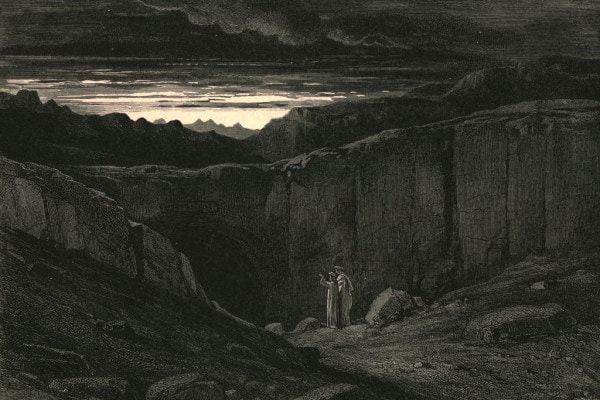Dive into the Depths of Inferno: A Comprehensive Analysis of Canto I
Navigating Dante's Infernal Landscape
Embark on a literary expedition through the depths of Dante's Inferno with a meticulous analysis of Canto I. This foundational chapter sets the stage for an epic journey that explores the torturous realms of hell and the complexities of human nature.
Prelude to the Inferno
At the outset, we encounter the protagonist, Dante himself, lost in a dark and perilous forest. Fear consumes his heart as he seeks an escape from this desolate wilderness. As darkness envelops him, he stumbles upon a hill that marks the entrance to a subterranean abyss—the realm of Inferno.
Arrival at the Gates of Hell
Led by the enigmatic figure of Virgil, Dante descends into the abyss. At the gates of hell, he encounters a chilling inscription that proclaims, "Abandon all hope, ye who enter here." This somber warning foretells the horrors that await within.
The Rivers of Hell
Dante and Virgil traverse the Styx, a river that separates the living world from the realm of the dead. They encounter Charon, the ferryman who transports souls across the river. The souls of the unbaptized and the virtuous pagans reside along the banks of the Acheron, a tributary of the Styx.
The Vestibule of Hell
Beyond the rivers, Dante encounters souls who have lived in apathy and indifference. These souls are condemned to endless torment without hope of redemption. The Inferno's eternal punishments serve as a stark reminder of the consequences of moral failure.
Conclusion: A Journey of Redemption
The analysis of Canto I not only immerses readers in the horrors of hell but also foreshadows the themes of redemption and divine grace that will permeate throughout the Divine Comedy. Dante's journey through Inferno is a transformative experience that explores the human soul's capacity for both darkness and enlightenment.


Comments